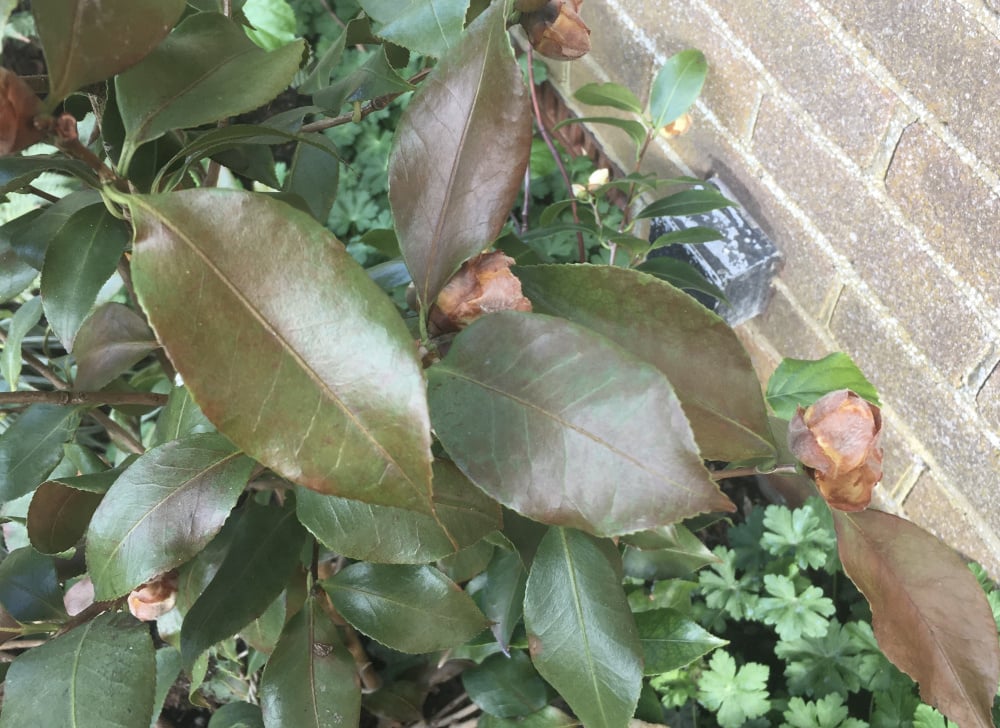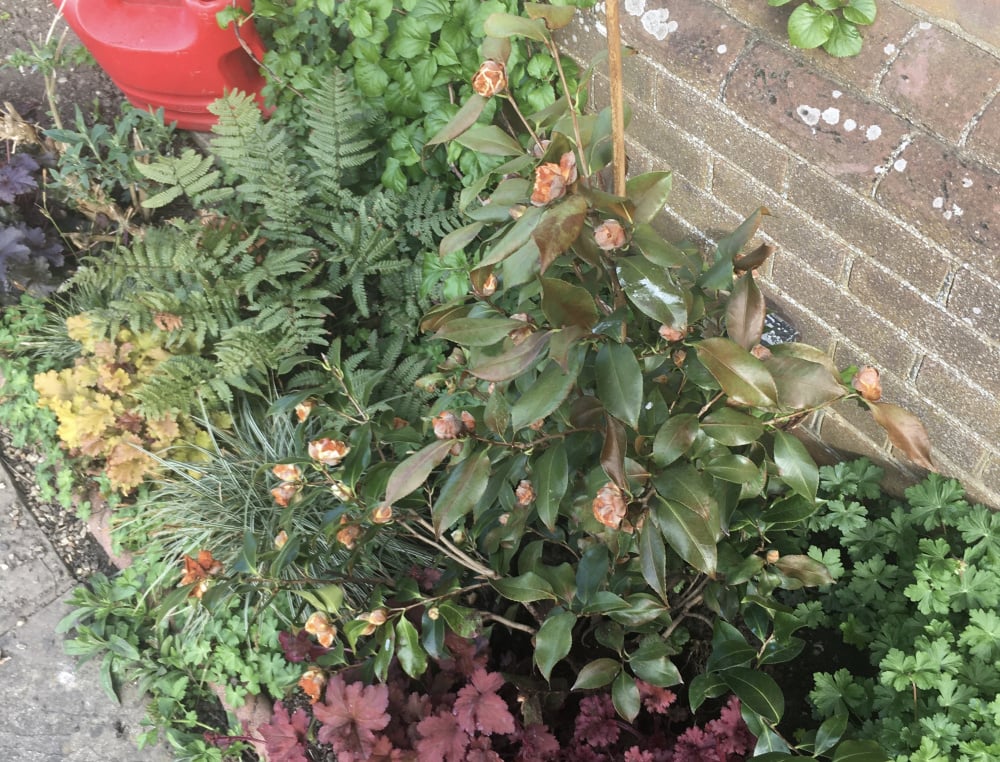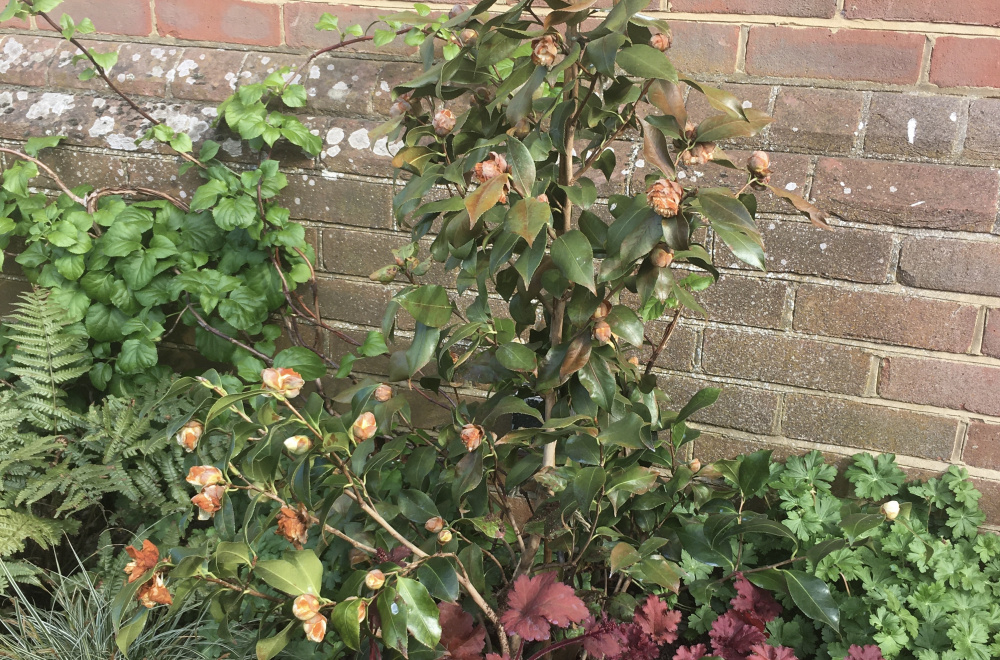This Forum will close on Wednesday 27 March, 2024. Please refer to the announcement on the Discussions page for further detail.
Camellia leaves turning brown
Hi, hoping for some guidance on my unhappy Camellia Japonica. It was about 30cm high when we got it and we’ve now had it 6 years. It’s grown really well and flowered happily until March when I moved it - we were moving house and I was desperate to keep it, so moved it whilst in flower.
The last few weeks the gloss has drained from most of the leaves and they’re turning brown (still some glossy leaves in the lowest branches). I’ve been giving it a weekly ericaceous feed. Any hopes for getting it back to health?



The last few weeks the gloss has drained from most of the leaves and they’re turning brown (still some glossy leaves in the lowest branches). I’ve been giving it a weekly ericaceous feed. Any hopes for getting it back to health?



0
Posts
I suggest you stop feeding now but keep watering it deeply - that is 15 litres at a time, once or twice a week - rather than smaller dribbles. Pick off those remaining flower buds and make sure it doesn't go thirty all this spring and summer.
If you have hard tap water, use rain water or add a liquid feed for ericaceous plants that contains sequestered or chelated iron.
GQT on Radio 4 talked about this today and how many plants are suffering.
leaves that were turning brown have now completely died. Three lower branches have very healthy, glossy leaves still on. I’ve cleared around the base and put a thick layer of bark down. Should I prune?
It's very congested around it too - there's a lot of other planting which is all competition for water especially. These are shrubs which should become enormous over time if given the right conditions. It's right up against a wall which is also drier.
Don't keep feeding it, but you could prune off all the dead stuff now, and make sure it isn't going short of water. I would bet money that the soil is dry under there.
If you can't find a better site for it, you'll have to keep it pruned all the time to stay in that space.
I live in west central Scotland - not where that photo is...